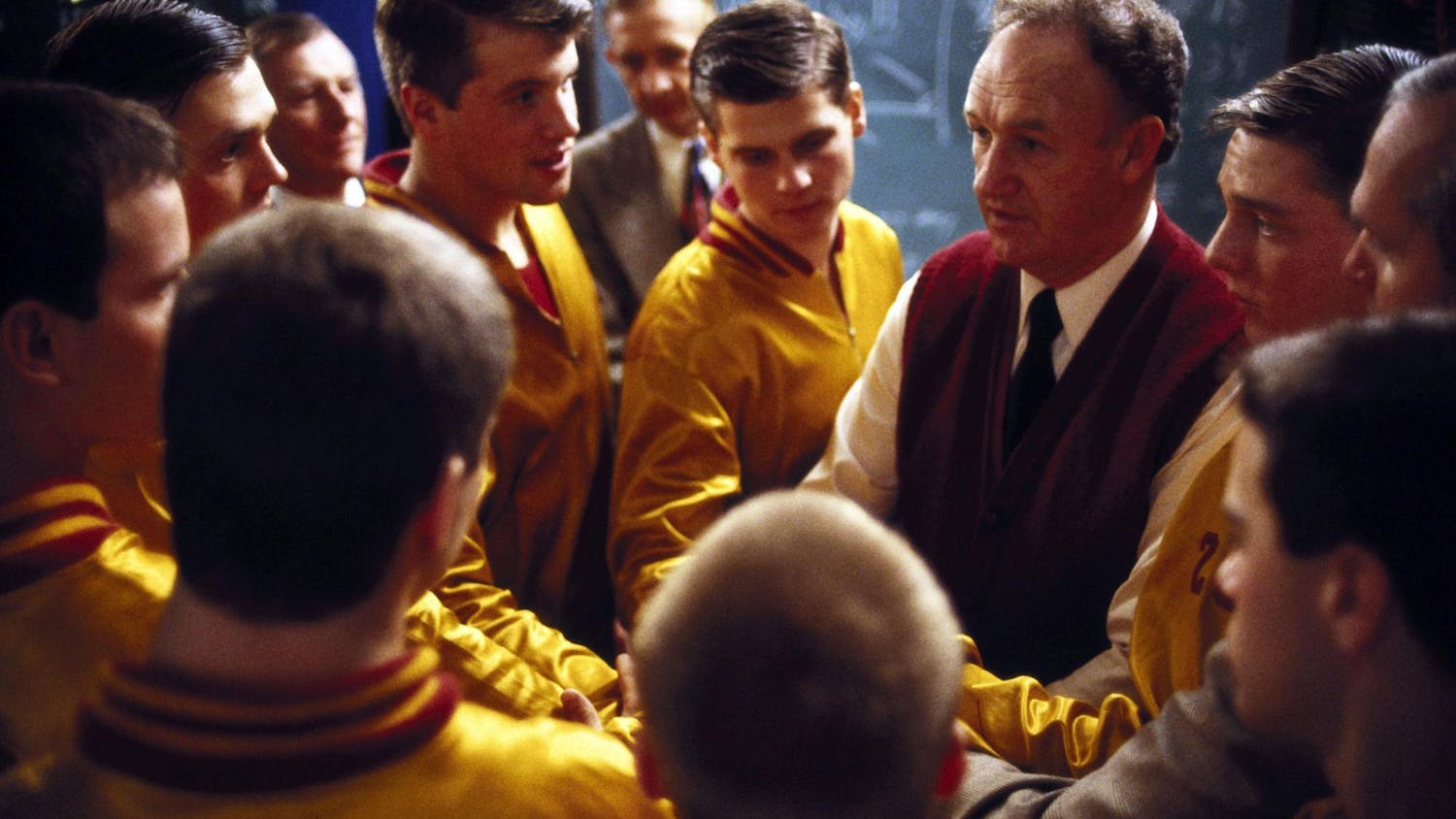A hard pressing question: What do a cult leader, a serial killer and three members of a radical left-wing "army" all have in common? \nYou might be closer to the answer than you think. In fact, they all could have been standing right where you are now.\nNestled within the historic walls of Bryan Hall lies the IU Archives. Among the hundreds of thousands of files filling its shelves and boxes, is a folder named "Alumni-infamous." Opening the file reveals the history of five former -- and notorious -- Hoosiers, reaffirming that there really is more than corn in Indiana. \nThere are also famous criminals.\n"We don't hide the fact that we have infamous alumni," said Brad Cook, photograph curator at the IU Archives. "It's not like you will ever find this stuff in a brochure about IU, but people are always amazed."
The rise of a cult leader\nEveryone has heard roommate horror stories, but this one tops them all. \nJim Jones was not your average college student. When he attended IU more than 30 years ago, his roommate Kenneth Lemons knew his new bunkmate was on the strange side. According to a November 1978 article in the Bloomington Herald-Times, Lemons said Jones once stabbed him with a hat pin through the thin mattress of their bunk beds. It was reported that Jones would spend hours staring at the Jordan River, only to go back to his dorm room never speaking to anyone. \nJones later went on to lead a religious sect called The Peoples Temple. While the group started as a Christian organization that fought poverty and racism, it is ultimately remembered as a destructive, violent cult. \nIn November 1978, Jones became infamous when he led 914 people -- 638 adults and 276 children -- to commit mass suicide in Jonestown, Guyana. The suicide, by way of cyanide-laced Flavor Aid, came after Jones killed U.S. Rep. Leo J. Ryan and four others, who were on a fact-finding mission investigating claims of human rights abuses. Those who resisted the mass suicide were shot or injected with cyanide.
Learning his craft\nHerbert Baumeister, who attended IU from 1965-1970, seemed like a real family man. In fact, he even met his wife at the 1968 IU Rose Bowl game. A father of three and a successful Indianapolis businessman, Baumeister seemed like he had a life to die for, and some would say that he did. Just look at the hundreds of human bones they found in his backyard.\nIn June 1996, police found the bones of seven gay men that had come up missing on Baumeister's property. Beginning in May 1993, more than 16 gay men had been reported missing in Indiana and Ohio. Baumeister is linked to over a dozen of them. Baumeister's wife told the police that she remembered when a cluster of bones and a skull had been found by her 13-year-old son in the backyard. Baumeister dismissed the bones as an old skeleton his father had passed down to him. \nAfter getting wind of the police investigation, Baumeister fled to Canada where he committed suicide in 1996. His major at IU, according to the Registrar's Office: anatomy.
Revolutionary Hoosiers\nAngela Atwood and William and Emily Harris seemed like involved IU students in the 1960s. Atwood was part of the drama club, William Harris was involved in anti-war activism and Emily Harris was a member of the Chi Omega sorority. No one could predict they would later become involved in a world of murder, kidnappings and violence. \nDisillusioned by the "drab" social scene of Indiana, the three friends moved to Berkeley, Calif., where they joined a group of radical leftist revolutionaries called the Symbionese Liberation Army. The SLA was most famous for kidnapping Patty Hearst, the granddaughter of newspaper tycoon William Randolph Hearst.\nBetween the years of 1973 and 1975, the SLA prompted violence and bank robberies to gain media coverage. In 1974, they got their mass coverage when they were involved in a Los Angeles police shootout. In the end, 9,000 rounds were fired and Angela Atwood, who had adopted the byname "General Genina," was dead.\nThese infamous Hoosiers have something in common: a lack of interest in a very important subject department criminal justice.





